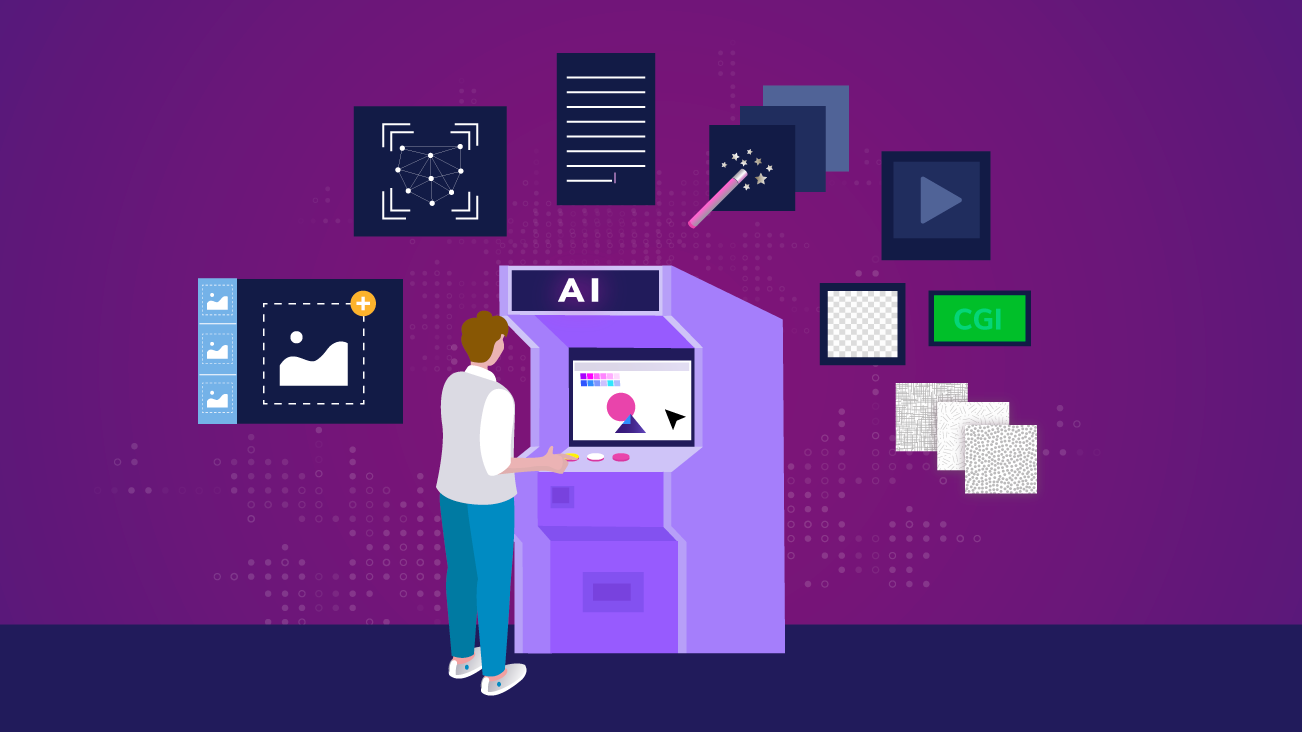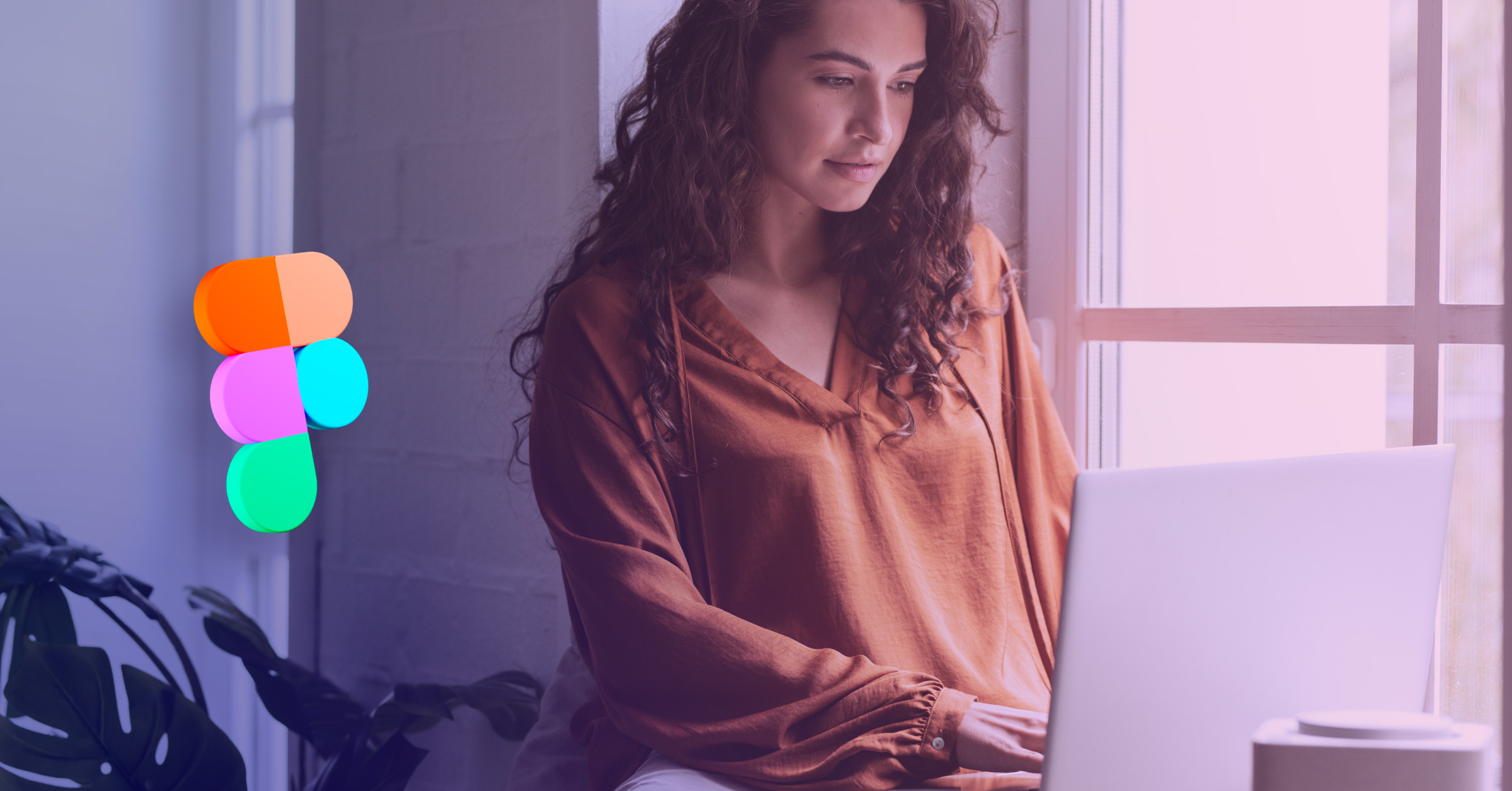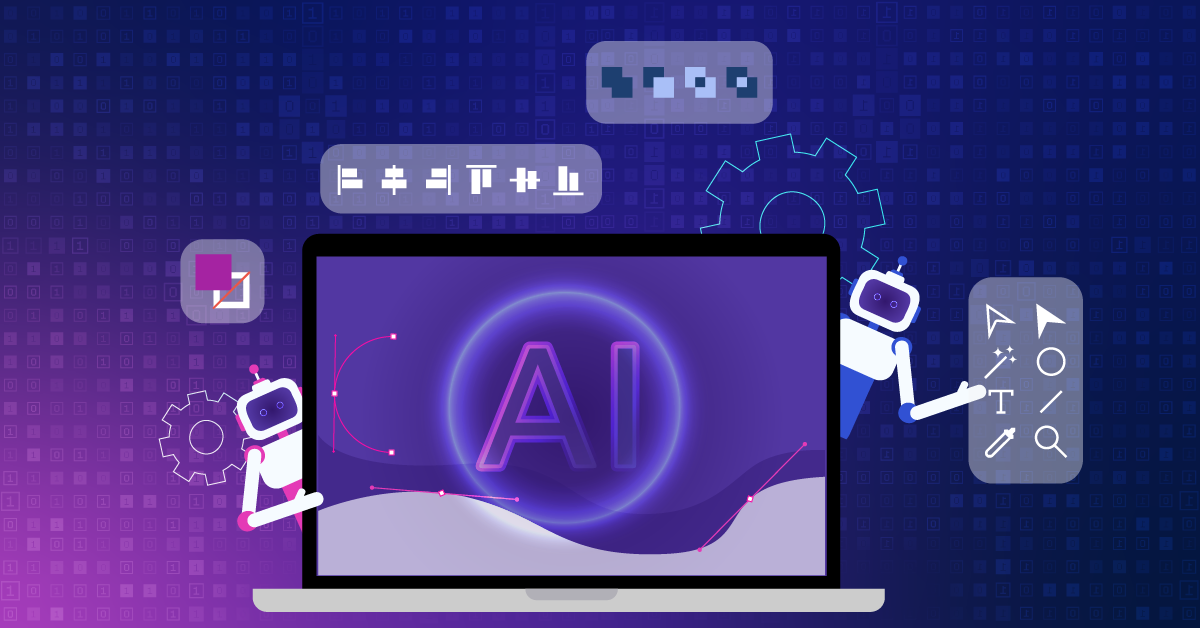Eight Ways AI Will Change Design

As digital marketing continues to evolve, so has the role of Artificial Intelligence (AI). AI is arguably one of the more difficult digital technologies to master—but it can also be very rewarding and a great indicator of an organization's digital maturity. AI can be a useful tool in helping organizations power and scale deeper personalization, develop attribution and predictive analytics programs, and improve customer journeys. Another promising area of AI is in terms of team member productivity and how it can help marketing and design teams overcome image-based problems and empower creativity.
For almost a decade, there has been a steady stream of advances in applying AI technologies to find solutions to image-based problems. These new techniques bring powerful new abilities to designers everywhere—some of which were limited to expensive Hollywood productions. AI technologies will be integrated into the tools artists and designers use daily to speed up labor-intensive tasks and to help unleash artists' creativity in new ways.
Here's a glance at a few areas where AI can, and in some instances already is, bolster our design capabilities.
1. Image Generation
Stock photography is a resource that designers lean on to make great-looking websites and emails, without the expense of shooting their own photos. But, it’s not a silver bullet. The exact image you’re looking for isn’t always available—and, even if it is, sifting through hundreds of photos to find the perfect fit is time-consuming. Plus, licensing fees can get expensive in some cases.
What if we could use plain language to ask an AI system to generate exactly what we're looking for?
New AI models like CLIP and DALL-E can make it possible to generate images from text descriptions:
"a living room with two white armchairs and a painting of the colosseum. The painting is mounted above a modern fireplace"
It can even generate crazy objects that don’t exist in reality. Take this avocado chair:
Or a snail-harp:
This opens up a whole realm of creative possibilities and inspiration, while also making the job of finding the right photo easier. The days of paying high prices for exclusive photo rights may soon be over if the perfect image can be synthesized on demand.
2. Face Generation
For some years now, face generation has also been refined to the degree that generating high-quality portraits of people who don’t exist is almost commonplace. Models like TL-GAN allow for the generation of realistic faces with controllable parameters.
The recently released HeadGAN also offers an impressive ability to generate new views and expressions from a single image. The implications for design are significant. In the future, finding the perfect face for a new ad campaign could be as simple as making a few slider tweaks.
For a full list of websites that generate things that don’t exist, check out This Does Not Exist.
3. Copy Generation
Designers have often used Lorem Ipsum to serve as a placeholder for copy while working on a design. With powerful new models like GPT-3 from OpenAI, it's now possible to generate entire articles of content that are convincing enough that you might mistake it for human writing.
To use the model you start with a prompt describing the context of what you want to generate, and the model takes it from there. In addition to article generation, GPT-3 can function like a chatbot, a Q&A section, a summarization tool, and a powerful search engine.
In theory, it could also be used to generate ideas for headlines and calls to action. OpenAI is currently at work on GPT-4 which will do an even better job at producing human-like text.
Check out these additional resources:
4. Image Enhancement
Image upscaling and enhancement, which at one time many people thought was impossible and laughed at its portrayal in shows like CSI is now firmly in the realm of the possible. In fact, current versions of Adobe Photoshop come with cloud-based Neural filters which can upscale images to many times their original size, remove noise, stylize, improve the appearance of skin, and more. There is no doubt that these tools will become more important as time goes on.
This photo was upscaled for a client project. High-resolution images were required for a large digital signage installation, but only small, low resolution / low-quality images were available. Superresolution tools made the images look great even at large sizes.
5. Video Enhancement
In addition to upscaling old photos, similar algorithms can be used to restore old videos to make them look even better than they originally did. These algorithms can stabilize shaky video, increase frame rates and resolution, and remove noise and defects, resulting in a silky smooth video. In some cases, they can even add color to black and white footage.
If you have legacy content on your website, such as old photos or videos, AI upscaling tools would be a great choice for making them look good on today’s higher resolution phones and screens without needing to re-create them from scratch.
6. Deep Fakes
Ethical implications aside, deep fakes have some interesting implications for advertising. It’s now possible to bring back dead celebrities or make humorous casting swaps in your favorite movies. How long will it be before we see a deep fake featured in a Super Bowl ad, or in place of CGI in a movie?
7. Background Removal
If you’ve tried removing the background from a picture of someone with frizzy hair, then you know what true pain is. Thankfully, those days may be over soon—web-based tool remove.bg makes cutting people out from their backgrounds as easy as a few clicks.
8. AI-Assisted Drawing
An inability to draw by hand was once a major handicap for a designer. Pix2Pix has leveled the playing field. The model translates basic sketches into realistic renderings, in real-time.
9. Style Transfer
An example of style transfer, one of the early applications of deep learning to images.
Let's say you love the aesthetic of Starry Night but are no Vincent Van Gogh. Style transfer allows you to take an image and recreate it in another style. This allows designers to get creative with complex effects, like transforming colors and brush strokes in ways that were not possible or practical before. In short—it’s like Instagram filters turned up to 11.
The Potential of AI in Design
AI has the potential to simplify many time-consuming design tasks and brings powerful features to the everyday user. It can generate completely new images with very little effort and no need to pay licensing fees. AI makes it easier to retouch and resize old images for today’s modern high-resolution displays. Designers can quickly try different style variations to see what works best. You can start trying some of these tools today with Photoshop’s Neural filters. Many phone camera apps are already heavily using these techniques for photo retouching and digital zoom, not to mention Social Media apps like Snapchat. These tools are just the beginning.
AI can also be useful in cases where you need to generate content at scale or in an automated way. It can work hand-in-hand with human editors to save time and budget without sacrificing quality. An example might be auto-generating article summaries or automatically captioning images. Smart cropping tools could automatically crop images for different formats so that people’s faces aren't cut off. If manual editing is holding you back from creating regular content for your website, tools may exist that can help automate the process.







